Motor troubles in Angelman may stem from nerve fiber anomaly
Unusually thin nerve fibers in the brain may underlie the motor difficulties seen in children with Angelman syndrome, an autism-related condition.
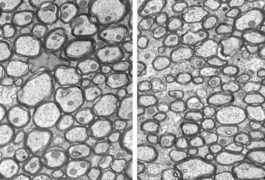
Unusually thin nerve fibers in the brain may underlie the motor difficulties seen in children with Angelman syndrome, an autism-related condition.
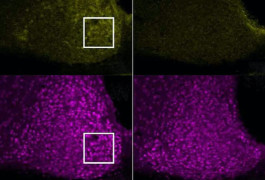
A newly discovered phenomenon in cells that regulate the sleep-wake cycle may provide clues for how to treat two autism-related conditions.
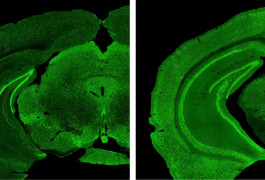
Mutations in a set of neurons that dampen brain activity may be the source of seizures in an autism-related syndrome.
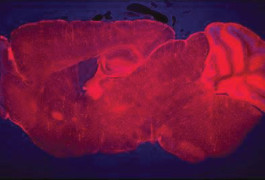
Treatments for autism might be effective even after the brain is fully formed.
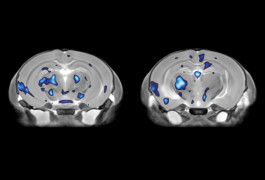
The mutation that leads to Angelman syndrome may affect the brains of female mice more severely than those of male mice.
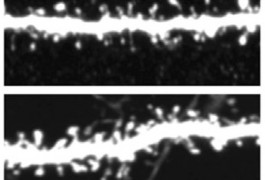
A mutation that boosts the activity of the autism risk gene UBE3A may cause neurons to form too many connections, disrupting brain development. Some people with autism have extra copies of the gene, so the findings, published last week in Cell, add to evidence implicating UBE3A in autism.

These short reports from our reporter, Nicholette Zeliadt, give you the inside scoop on developments at the 2015 Dup15q Alliance Scientific Meeting.
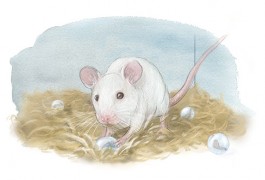
Fixing the gene that’s faulty in Angelman syndrome ameliorates anxiety and motor deficits in a mouse model of the disorder, but only if done early in life.
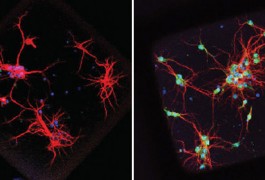
A convoy of miniature plastic rafts boosts the survival of lab-grown neurons, using a new method that could help autism researchers easily grow many thousands of cells at once.
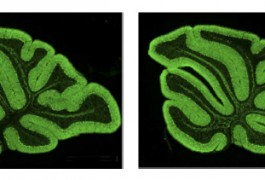
An overabundance of neuronal connections in the brains of people with autism may contribute to the motor impairments associated with the disorder.